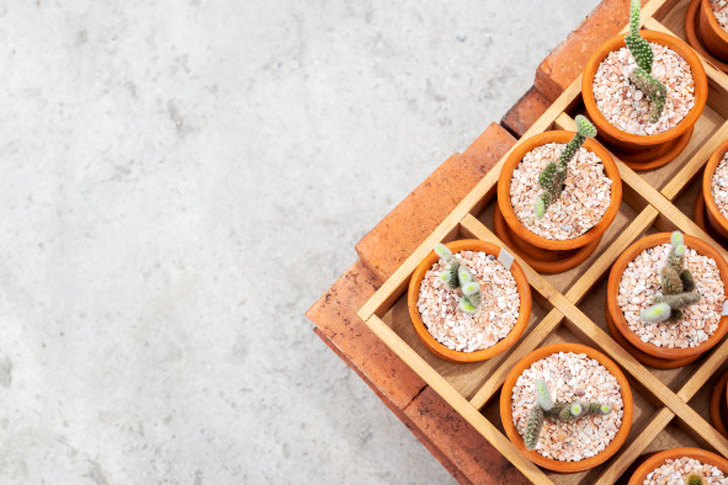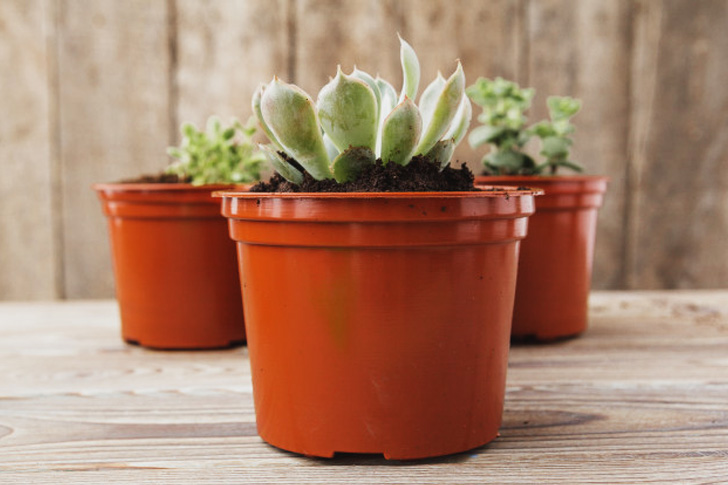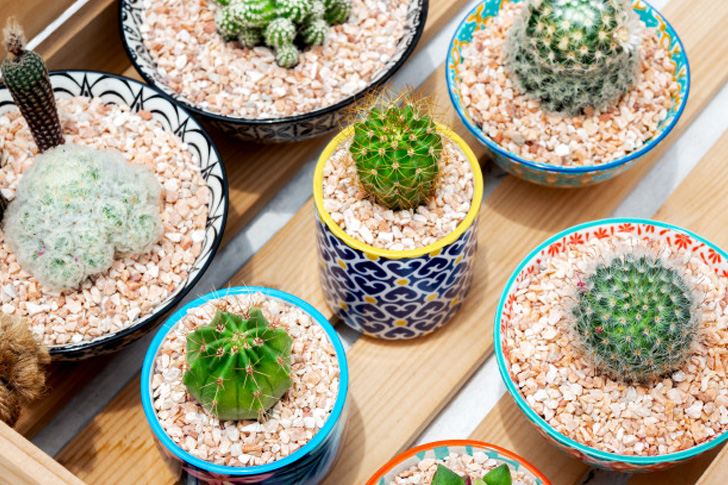Finding The Right Pot For Your Plant
The real plant lover knows how important it is to have the right pot for your plants. Well, that is because they know that the pot has a relative effect on how well the plant will grow, how quickly the soil will dry out, and how healthy the roots are.
As a full-pledge planter, let me walk you through the three major categories of pots, namely ceramic/glazed, terra cotta/clay, and plastic. I will also share the use of containers for plants that have no holes and the right size of a pot when replanting.
It may be that water and light take the most credit for a plant’s health, but having the right pot is what presents it well.
Step 1: Terra Cotta (Clay) Pots

I dare say that I love using terra cotta pots to the degree that I would use it for all my plants if I could. Not only are they easy to find, but they are also standard in shape and size which means they are also easy to match. However, this pot only favors certain plants such as succulents that work well with the characteristics of this particular pot.
Remember, terra cotta pots dry out water quickly. Since it is made of clay, it is also cheaper than ceramic pots. With its neutral color, it looks great with plants. Furthermore, you will be able to tell if you’ve soaked up the pot with water since it turns darker. But some downsides of using this pot are it easily breaks and dries out, especially in places with a high degree of temperature and low humidity. In winter, there’s a possibility of it cracking due to the cold.
Step 2: Plastic Pots

The plastic pots are the easiest and definitely the cheapest to get for your plants. In fact, nowadays, most plants being sold are put in plastic pots. Because it is the cheapest, you can amass a large quantity of them. These plastic pots can also be washed and reused. It is the perfect planter for starting seeds or for doing plant propagation. However, these plastic pots retain water in the soil longer that is why these pots must have drainage holes at the bottom. When watering, be careful not to spill and overflow water onto your table or house flooring. Letting your plant sit on water for a long time will also rot the roots. The only problem with this pot though is it grows brittle over the years.
Step 3: Ceramic or Glazed Pots

Ceramic or glazed pots are to be adored, however, they weigh heavier to the degree that you might want to use these ceramic pots on succulents or small plants only. Especially for me who carries my plant to the sink to water them – a huge ceramic planter would make it harder! The pot tends to make the soil moist which is perfect for tropical plants. However, should you wish to use this pot because it looks pretty, you might want to drill holes at the bottom to make sure there is drainage or you can use a plastic pot and put it in a ceramic pot. This way the ceramic pot acts as a vessel for water overflow so that water won’t spill on your house’s flooring.
